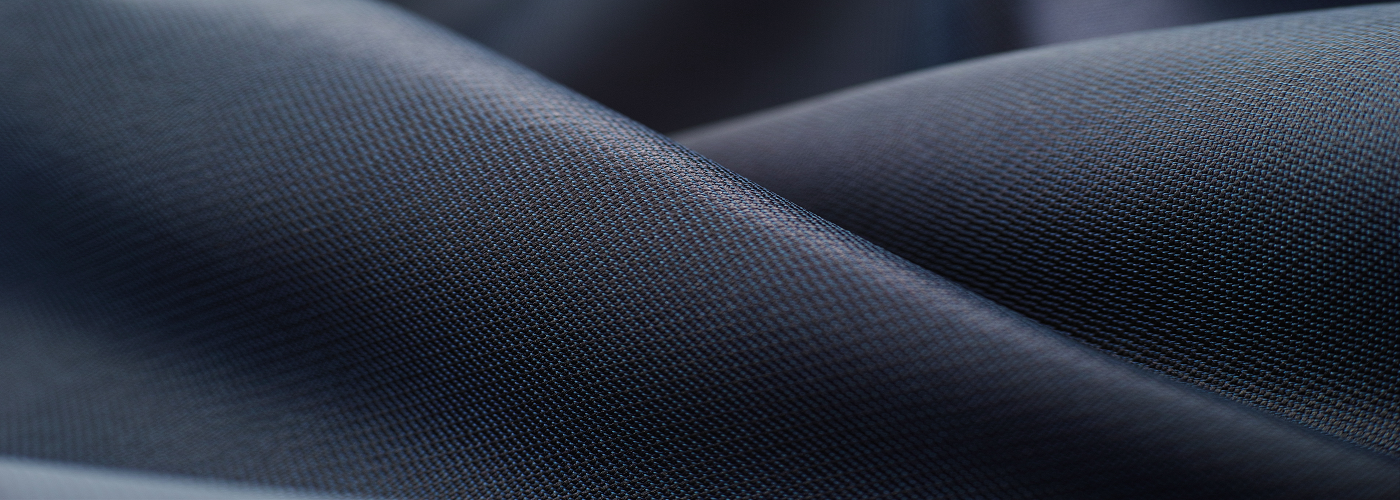

One of the main reasons that people check the weather forecast, at least on a somewhat regular basis, is to know what to wear for the conditions in the coming days. In the future, what if your clothing could do the “thinking” for you and adapt to the conditions as they happen? Some early steps in that direction have recently been taken by researchers at the University of Maryland, who have created a fabric that can automatically regulate the amount of heat that passes through it, based on the surrounding environment.
The new fabric is made of a base yarn with synthetic fibers of two kinds: ones that absorb water, and ones that repel it. Furthermore, all the fiber strands are coated with carbon nanotubes (a very lightweight, carbon-based, conductive metal). So, when the fabric is worn over warm, sweaty skin, the fibers warp because the different fibers react to moisture differently. This acts to open the pores in the fabric, which allows heat (infrared radiation) to escape away from the body. Also, when the fibers change their orientation, they change the electromagnetic coupling of the carbon nanotubes. When the carbon nanotubes are brought either closer together or farther apart, that changes the way the fabric as a whole either interferes with the escape of infrared radiation (keeping the body warmer), or doesn’t interfere as much (keeping the body cooler).
More work is needed before this fabric is ready to be commercialized. However, the synthetic fibers used as a base for this material are readily available, and the process of applying the carbon nanotubes is as simple as a dyeing process, so the future of comfort-adjusting clothing appears bright.






